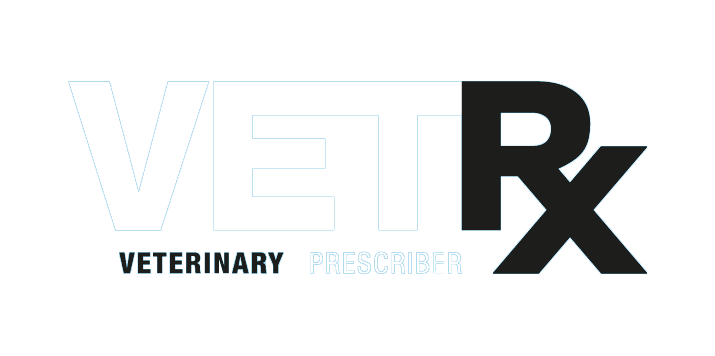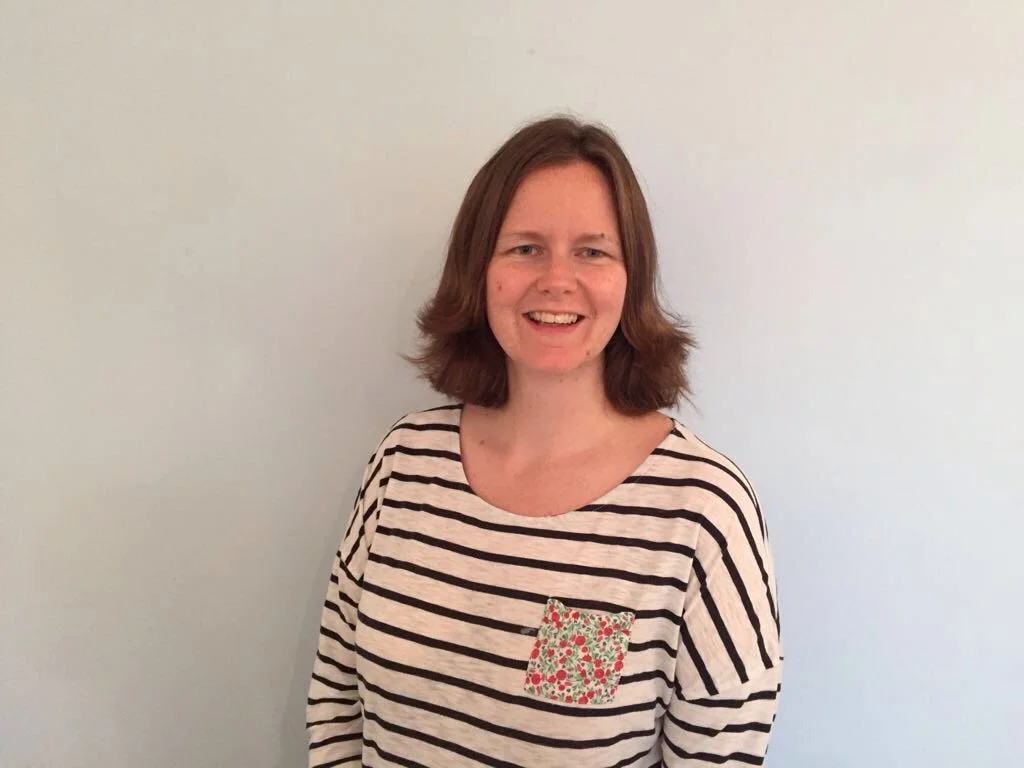One Health – so much more than antibiotic resistance. Guest blog by Helen Ballantyne
One Health – so much more than antibiotic resistance
The triad of One Health is gaining momentum. Links between human health, veterinary health and the environment are being talked about more and more and are leading to collaborations across sectors.
It is easy to consider One Health as an abstract concept, or worse, a term used in a context to suit a particular agenda. However the truth is that it’s a simple concept, but a simple concept with a complex content. Three points in a trinity: humans, animals and the environment. And an infinite number of links between the three; links that flex and bend from simplistic see-saw, to synergy and feedback. In my head, it’s three points of a triangle with a birds nest structure of links between them. It’s not a new concept either; discussion of these links has been ongoing for hundreds of years. And yet, it’s possibly one of the most contemporary disciplines that we are part of.
Take a look at today’s news headlines and One Health is present, take a look at yesterday’s headlines and One Health is also present. Take a look at any day’s headlines, I’m fairly sure One Health will be there.
Today, the news of the horrendous invasion of Ukraine by Russia dominates. The associated humanitarian crisis we see unfolding on our screens highlights one of the most important elements of One Health. For, just as we see heart breaking images of children, women and elderly Ukrainians fleeing their homes, alongside them we see them taking their pets with them. Guinea pigs in cages strapped to backs. Pet cats zipped up in rucksacks and dogs on leads making the long and terrifying journey of hope to safety. The human-animal bond is remarkable. Pets become our family and even in the face of life-threatening conflict, that family member is evacuating too. Just as there are appeals for help, collections of nappies, toiletries and warm clothes, so my profession, the veterinary profession is collecting for animals, donations of veterinary supplies, food, and collars and leads.
The strength of the human-animal bond is demonstrated in my other profession too. I am a dual qualified nurse, veterinary and medical. There is an irony in that it was only when I started working at the edge of life in cardiothoracic ITU that I really understood the strength of that human-animal bond.
And yet, there is a disconnect. Elderly people unwilling to move into care, because they cannot take their much-loved pet. An abused woman, unwilling to leave her attacker because she has nowhere to go that will accommodate her dog. A little old lady, whose Jack Russel terrier, her only known companion has just been euthanised, is going home to an empty house. A morbidly obese owner of an equally obese cat, killing him with kindness.
Common examples that are happening across the country. Each side of the case has their own team. But do they talk to each other? Often not. A nursing team supports the euthanasia of the Jack Russel, doing their best to support a dignified, calm and pain-free death. Yet they feel powerless to help the owner, knowing that her grief may be overwhelming for her. That woman, battered black and blue has a diligent and energetic social worker, but they have no idea how to find somewhere for her and her dog, so she stays at home, possibly risking her life and, data suggests, the life of her beloved dog.
One Health is the key to solving these dilemmas
A collaborative approach feels like an enormous mountain, with a heap of fences and stony walls on the way up, but what if there was some forum where collaboration, even just basic signposting was easy? Human and veterinary nurses could call on each other to resolve these sorts of dilemmas.
And so, to yesterdays headlines, COVID rears its head, unleashing another critical One Health concept, that of zoonosis. The characteristic that means an infection may naturally be transmissible from verterbrate animals to humans. Such organisms have been around for years -- anthrax, tuberculosis, and salmonellosis -- but quite acutely, the term is much more familiar than it ever has been. The key though is to look to the future. A very well used quote from the WHO is that 70% of the emerging disease profiles are zoonotic, so collaboration could be key. Collaboration between the medical profession, the veterinary profession and those who know and understand related environmental factors might well prevent some of those diseases every reaching our species.
Antibiotic resistance is a commonly discussed topic under the One Health umbrella, but it’s so well versed that it’s easy to assume that it’s the only relevant topic. There is so much more. At a recent meeting of the UK One Health Coordination Group, originally set up after research powered by the British Veterinary Association and Royal College of Veterinary Surgeons demonstrated there was a desire to support One Health, the topics discussed were diverse. Diverse, yet united in the triad.
There was a long discussion about the need for effective parasite control. We need drugs to treat animals and protect humans against the potential health risks of such pests, but there is also a need for consideration of the end point of these drugs in the environment.
There were examples of cross collaboration: vets learning from medical anaesthetists about the judicial use of gaseous anaesthetics in the context of climate change; environmental agencies discussing their recent successful social prescribing projects, where GPs can offer outdoor volunteer projects instead of, or to supplement, pharmaceuticals.
Finally, a report from a veterinary charity that discovered a pet dog’s repeated bouts of pancreatitis were the result of an unusual diet provided by its owner, which stimulated realisation that recently diagnosed dementia was progressing more aggressively than realised. There are endless examples, so much to read and so much to learn.
For fun, I checked the headlines from the day before yesterday too, and there it was again, One Health, this time it was the link between being outside ‘forest bathing’ and positive health outcomes.
Recently I was asked to write a chapter in a text book for veterinary nurses about One Health, I’ve enlisted a vet friend with a huge One Health portfolio. We have been allocated 6000 words. We won’t even scratch the surface!
Want to know more?
To find out about the work of the UK One Health Coordination Group see the British Veterinary Association’s One Health in Action report https://www.bva.co.uk/news-and-blog/blog-article/one-health-in-action-report/
Consider attending the World One Health Congress 2022 (schedule to take place in Singapore in November) (https://worldonehealthcongress2022.miceapps.com/client/sites/view/WOH2022
Helen Ballantyne MSc PGDip BSc RVN
After graduating with a degree in Pharmacology in 2002, Helen qualified as a Registered Veterinary Nurse in 2005. She worked as a locum nurse nationally and internationally, gathering experience in referral medicine and surgery, charity practice, emergency nursing and exotics.
Helen obtained a Post Graduate Diploma in Adult Nursing in 2013 and her current role is Clinical Nurse Specialist for Living Kidney Donation where she supports living kidney donors through the process of donation and organises kidney transplant surgeries. As part of this role, she also works a Transplant Coordinator managing the logistics of matching, retrieving and transplanting abdominal organs from deceased donors
Helen remains a Registered Veterinary Nurse and has developed a strong interest in the principles of One Health and is the Chair of the UK One Health Coordination Group. She regularly lectures and writes about concepts and ways of working that may be shared between the professions to support clinical and professional practice. Her first textbook, Veterinary Nursing Care Plans: Theory and Practice was published in 2018. She has just completed her MSc in Healthcare Management and is looking for her next big project!

